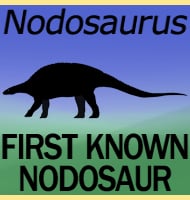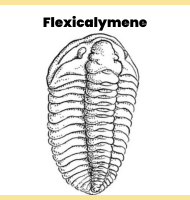In Depth
The remains of Beishanlong are quite incomplete, but they do tell us that this was an ornithomimosaur and a particularly large one at that. The team of palaeontologists that described the first specimens came up with an estimated length of up to eight meters long, but further study yielded the discovery that the dinosaur the remains came from was not fully grown at the time of death and was still near approaching adult size. This means that while Beishanlong may have easily been as large of other large ornithomimids like Gallimius, it may have even exceeded them.
Although the skull of Beishanlong remains unknown at the time of writing, it’s possible that it may have retained teeth within a keratinous beak like other primitive ornithomimosaur forms such as Harpymimus and Pelecanimimus. This idea is based upon comparison to other ornithomimosaur forms which are known from the early/mid Cretaceous period. In later genera such as Ornithomimus and Struthiomimus the teeth would be lost completely, something which is the root cause of the confusion regarding what ornithomimosaurs ate.
Further Reading
– A giant ornithomimosaur from the Early Cretaceous of China – Proceedings of the Royal Society B: Biological Sciences 277 (1679): 191–198 – Peter J. Makovicky, Daqing Li, Ke-Qin Gao, Matthew Lewin, Gregory M. Erickson, Mark A. Norell – 2010.










